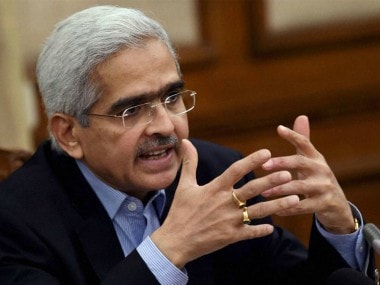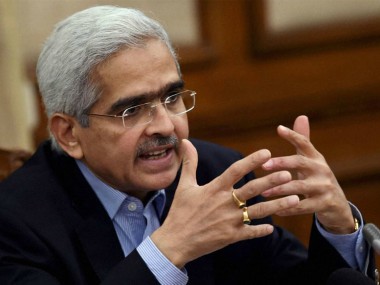The Reserve Bank of India’s Financial Stability Report (FSR) is a key document to understand the pulse of the financial system, just like the Economic Survey for the larger economy. And the latest one released on Thursday gives us two key takeaways. One, the banking sector is doing relatively well. Post the painful NPA (non-performing assets) clean-up process, the majority of the risky assets on the books of Indian lenders have been recognised. This means, the books are much more transparent now and the banking system is much less prone to an NPA shock compared with 2015. Gross NPAs too, have started declining. While higher recoveries are good news, one reason for the slide in NPAs could also be large scale write-offs. But, overall the banking system is in relatively better shape. The second key takeaway is the warning in the FSR of the potential contagion in the event of a failure by large housing finance companies (HFCs) and Non-Banking Finance Companies (NBFCs). The report acknowledges the problem in the NBFC industry and expresses hope that this will help to bring in some discipline in the sector. “Solvency contagion losses to the banking system due to idiosyncratic HFC/NBFC failure show that the failure of the largest of these can cause losses comparable to those caused by the big banks, underscoring the need for greater surveillance over large HFCs/NBFCs.” [caption id=“attachment_5717441” align=“alignleft” width=“380”]  File image of RBI governor Shaktikanta Das. News18[/caption] But hope is not enough. What we need is an urgent preemptive action. The RBI’s worry is not without reason. In the recent past, two NBFCs have faced a major crisis situation—IL&FS and DHFL—on account of a severe liquidity shortage. Many others too are running short of money and have cut down their lending operations. While IL&FS was taken over by a government-appointed board, DHFL promoters are reportedly looking for a buyer. Most of these NBFCs are linked to commercial banks and mutual funds by way of fund exposure and their collapse will have a ripple effect in the larger financial system which is what the FSR is rightly suggesting. In the context of FSR warnings, heavy scrutiny of larger NBFCs is crucial. As former chief economic advisor, Arvind Subramanian suggested recently, the NBFC industry is in crying need of an asset quality review (AQR) by the RBI just like banks were subjected to in 2015 under former governor, Raghuram Rajan. Present RBI governor, Shaktikanta Das can take cues from this exercise and do the same for NBFCs. As mentioned above, the bank AQR , carried out with the backing of the Narendra Modi government, has played an important role in digging out the hidden dirt in banks’ balance sheets, which till then, happily retained much of the NPAs on their books as standard assets using technical adjustments. The addition of the Rs 9 lakh odd crore Gross NPAs on banks’ books is, thus, actually good news and not a cause of worry. The illness within would have turned fatal if remained untreated. Now is the time to administer the same medicine to shadow banks. They are no less problematic than banks in the event of a failure. Some of them are even bigger than smaller scheduled commercial banks (SCBs) but lightly regulated by the RBI posing fresh serious threats to the banking system as well. These entities have complex interlinks with the broader financial markets—banks, mutual funds, and public depositors. The recent IL&FS/DHFL episodes have raised pertinent questions about the actual state of the books of mid-sized and larger NBFCs whose papers are with mutual funds. The process will be, of course, painful for the liquidity-starved NBFCs. But, it will help to sort out the uncertainty of the quality of assets. Let’s not wait till shadow banks blow up and create havoc in the economy.
The RBI’s worry is not without reason. In the recent past, two NBFCs have faced a major crisis situation—IL&FS and DHFL—on account of a severe liquidity shortage.
Advertisement
End of Article


)

)
)
)
)
)
)
)
)



